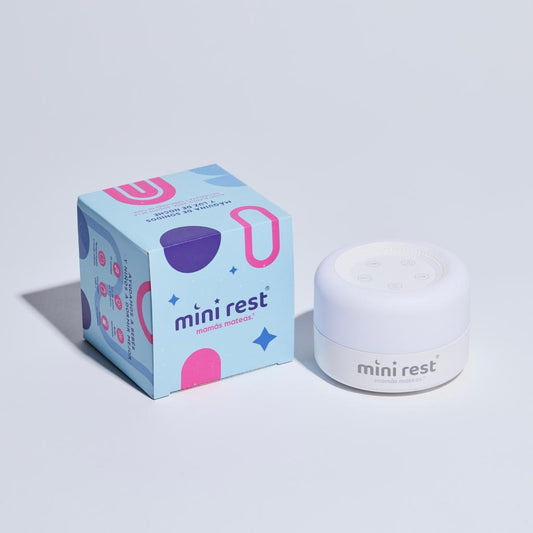8 tips to get siblings to sleep in the same room
Many parents wonder how they will cope when their children share a room and have different bedtimes. About 80% of children manage to stay asleep even when there are outside noises. That's right, even the sound of a smoke alarm won't wake most children between the ages of 2 and 13. That's why your older child will probably sleep through most sounds from a younger sibling without any problems.
1. Prepare the room
You can't stop your little ones from making noise, but you can set up the room to keep the noise to a minimum. Arrange spaces so that cribs or beds are on opposite sides of the room . That extra space, plus a white noise machine next to each one, can keep one child's movements and noises from waking the other.
2. Communicate with your older son or daughter
Older siblings, especially those older than two and a half, can actually understand most of what you explain to them about sharing a room with a younger sibling .
You can use some phrases to help your older son or daughter understand the new situation, for example:
- "Mom can see your little brother."
Show the older child that you can see and hear his younger sibling through the monitor. You can even show him the monitor screen and demonstrate while you walk into the room, appear on camera, and wave so he can hear you.
- “If you hear the baby at night, you can roll over and go back to sleep. I promise I'll hear it too. In the morning, you can tell me everything.”
Saying this is super effective and gives toddlers clear guidance on what to do during the night if they wake up .
- "Remember, we don't climb into your brother's crib, or put toys or blankets in it."
Explaining this helps the well-meaning older sibling understand the rules and keep the younger one safe in his or her crib .
3. Have a consistent bedtime routine
Bedtime routines are very important for healthy sleep. They signal our children's brains that bedtime is approaching and help them wind down before falling asleep . All that's needed is a well-defined, simple routine: do the same activities, in the same order, and in the same place every night .
You may need to change the location of the older sibling's routine if the younger one is already sleeping in the room. If you do it in the same place every day, this change will be fine. Just make sure to have the TV off, dim the lights, and continue with the same steps as always .
During the bedtime routine, explain to your older child ahead of time that he or she will be sleeping with his or her younger sibling . For example, “Your sister is already sleeping in her crib. We have to go in quietly like little mice. I will sing to you softly and kiss you goodnight.”
4. Have a bedtime schedule that is 30 to 60 minutes apart .
Having bedtimes spaced out in time has its benefits. First, it protects each child's individual bedtime routine , and it also gives you a special moment with each child.
5. Anticipate excuses that delay bedtime
Some kids have an innate ability to come up with all kinds of excuses before bedtime. When your kids share a room and one of them is already asleep, these delays can range from minor annoyances to major disruptions. So a little planning goes a long way. You might want to give them something to drink or try to get them to go to the bathroom before you put them to bed.
6. Naps in separate spaces
Daytime sleep is often more easily interrupted and disturbed than nighttime sleep. When you sleep at the same time or one sleeps while the other is already asleep, it is a good idea to have separate nap times.
It can often be helpful to move the younger baby to a Pack'n Play or crib in your room for nap time. It is recommended to move the younger one instead of the older sibling.
7. Be consistent
Practice makes everything easier. Give this transition some time and stay consistent . It may take a couple of weeks for everyone to really adjust to this new way of doing things.
8. Use red light
In the event that the older child asks to sleep with the light on, and we know that this can disrupt the child's sleep, we recommend using a red light, which is the least stimulating . Our Mini Rest® can help: it has nature sounds, white noise and is also a night light with several colors, including red.
Whatever the reason for your little ones sharing a room, it is important to know that there is no specific age to take a younger baby out of the parents' room . This is a very personal and family decision , just like having siblings sleep together, which often has to be done due to space issues in the house.
Share!








